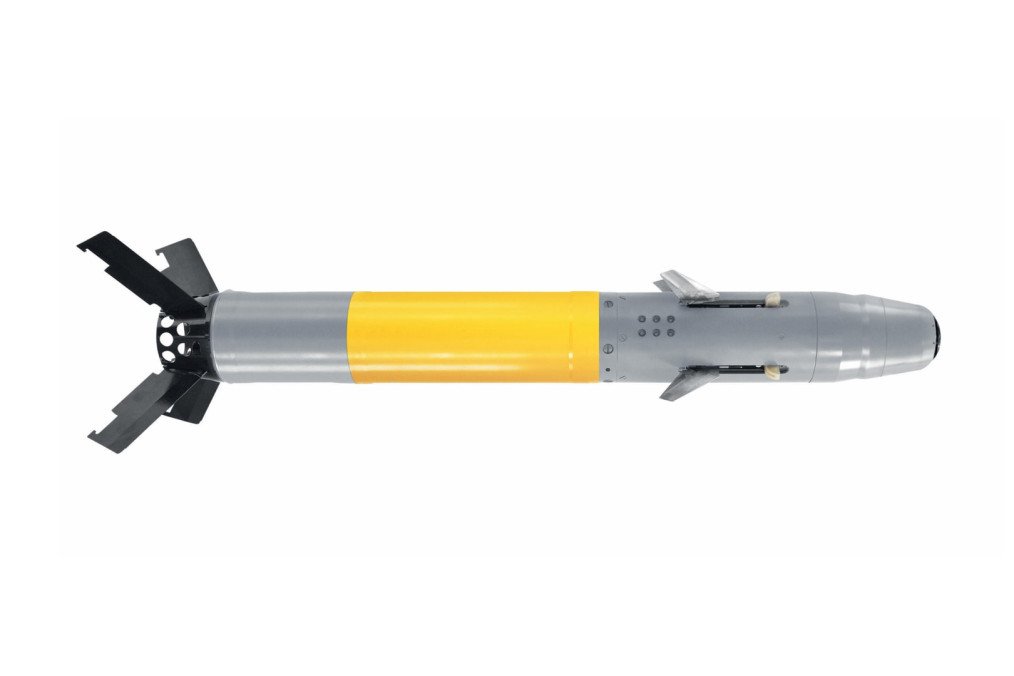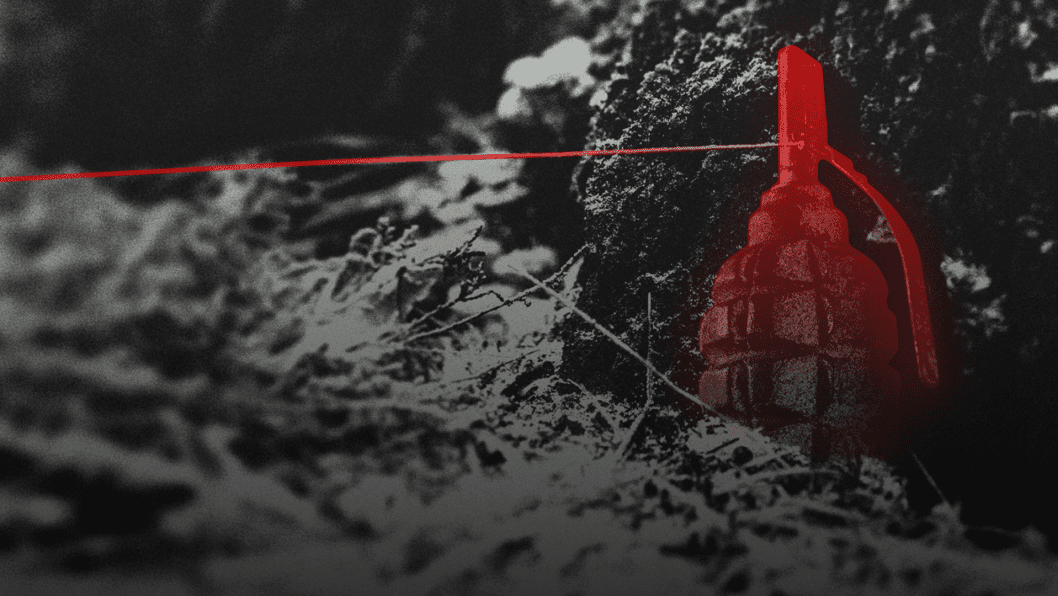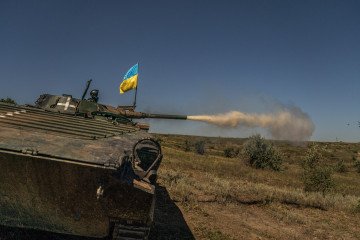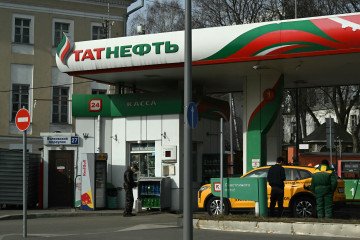- Category
- Latest news
Russia Expands Production of Laser-Guided “Kitolov” Shells, Potential US Copperhead Rival

Russia’s Kalashnikov Concern has announced a production boost of the Kitolov-2M precision-guided artillery shells, designed for 122-mm D-30 howitzers and 2S1 Gvozdika systems.
The company reports that manufacturing of the munitions began earlier this year on new production lines launched in late 2024.
According to a statement from the company on April 22, dozens of newly installed machines are reportedly now operating, producing key components of the guided shells. The overall output of precision artillery and missile systems in 2025 is expected to rise by 60% compared to the previous year.
Despite these claims, only one known video of the Kitolov-2M’s combat use has surfaced since the system’s reported production increase in 2023–2024. In contrast, Russia’s 152-mm Krasnopol shells—developed using similar technology—have been frequently documented on the battlefield.
Both Kitolov-2M and Krasnopol-M2 use laser guidance systems with semi-active homing heads. However, the Kitolov is limited to a 12-kilometer effective range—half that of the larger Krasnopol rounds—and carries a smaller warhead with 5.3 kilograms of explosives, compared to 9 to 11 kilograms in Krasnopol shells.
-0fb2ae4b19378976e0bf42d513494bf7.jpg)
Industry observers suggest that production constraints may be linked to the limited availability of guidance components, such as homing heads, which are produced by the Russian firm LOMO.
This could explain why priority is given to larger-caliber 152-mm munitions that offer greater destructive capability.
Kalashnikov maintains that Kitolov-2M production is being carried out around the clock under government contracts and in accordance with the state defense order.
The system, developed by the Shipunov Design Bureau, is intended for precision strikes against artillery positions, light armored vehicles, and field fortifications using a top-attack trajectory.
Earlier, Ukrainian forces began using rare American M712 Copperhead laser-guided artillery shells, achieving precise strikes against Russian targets.
In November 2024, Ukrainian troops used the Cold War-era shells to destroy a communications tower near Sudzha in Russia’s Kursk region.
According to Defense Express, three Copperhead rounds were launched from M777 howitzers, reportedly achieving direct hits. In January 2025, another strike with the same system demolished a fortified Russian bunker in occupied Hola Prystan, Kherson region, as confirmed by the WarArchive project.
The M712 Copperhead is a 155-mm laser-guided projectile developed in the United States in the 1970s. Designed for precision strikes on fortified targets, it uses semi-active laser homing and can hit targets up to 16 kilometers away.
Though production ended decades ago, around 20,000 rounds remained in US stockpiles as of the mid-1990s, with a limited number previously transferred to allies like Lebanon.
Unlike GPS-guided munitions, Copperhead rounds rely on optical guidance, making them more resilient to Russian electronic warfare and effective for precision strikes in contested areas.





-72b63a4e0c8c475ad81fe3eed3f63729.jpeg)


